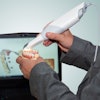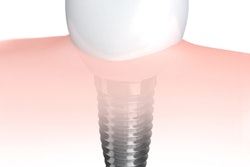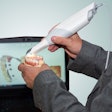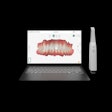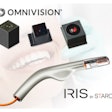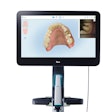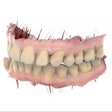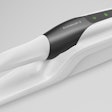
Equipment manufacturers, supply companies, and even implant representatives are inundating dentists with information, daily deals, and giveaways to entice practices to embrace digital technologies, such as intraoral scanners, 3D printers, chairside milling machines, 3D face scanners, and digital cone-beam CT systems. The information on all of this equipment can be extremely confusing, usually resulting in a stalemate in which the dentist does not make any decisions at all.
 Christien Kopas.
Christien Kopas.Dentists understand that advancing a practice's technological capabilities can increase treatment options and provide a competitive advantage. However, committing to and purchasing this technology are among the most confusing and important decisions a dentist will make.
The best way to navigate this process is to analyze your needs and ask yourself what you would be using this equipment for and if the return on investment and training downtime are worth the investment.
Let's focus on questions to help you consider if an intraoral scanner or a 3D printer is right for your practice.
Intraoral scanner questions
Before you commit to purchasing an intraoral scanner, ask yourself these questions:
- How much am I paying for impression material per year?
- How much do I pay for impression trays and bite registration material per year?
- How many crowns do I do a year?
- How many bridges?
I recommend beginning to time your crown and bridge procedures for two weeks to learn how many minutes it takes for an impression. Then compare this to the projected time you may save using an intraoral scanner.
Once you have your data, here are more questions to answer:
“The best way to navigate this process is to analyze your need.”
- What procedures will you use the intraoral scanner for?
- Who will be trained?
- Do you require color?
- Do you have an intraoral camera? If not, this can be used instead of a camera.
- Do you want to keep impressions of all of your clients over the required 15/30 years?
- Do you want to analyze the changes such as wear, periodontal disease, and recession over the lifetime of your patient?
Once these questions have been answered, you may choose to meet with a representative from one of the top three intraoral scanning companies to help you narrow the choices.
3D printing questions
Eventually, we will be 3D printing everything from dentures to crowns. If you are considering purchasing a 3D printer, I encourage you to ask yourself these questions first:
- What will I be using the 3D printer for?
- What is the cost of the printer, the trays, and the materials?
- Are the materials approved by the U.S. Food and Drug Administration?
- When new materials are available, will my 3D printer be able to print them?
- Is my printer compatible with materials from manufacturers?
- Do I want to make clear aligners?
- If so, what software would I require to design the models?
- What is the cost, and also what is the yearly license fee?
This shift from milling to 3D printing will eventually happen, and confirming that your scanners are future-proof, as previously mentioned, is very important as well.
Christien Kopas, is digital implementation specialist for the Schell Dental Ceramics and Innovation Centre.
This column originally appeared on website of the healthcare innovation platform 3DHeals. DrBicuspid.com appreciates being allowed to reprint.
The comments and observations expressed herein do not necessarily reflect the opinions of DrBicuspid.com, nor should they be construed as an endorsement or admonishment of any particular idea, vendor, or organization.
